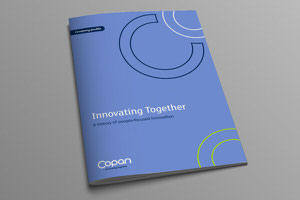New Mission and Vision
Today, we unveil a new vision and mission, marking a milestone for Copan and declaring the company goals for both the near and the distant future.
We aim to make a universal approach to health possible.
By conceiving the most advanced life sciences solutions, we empower professionals to tackle global health challenges and bridge the gap between individuals and the healthcare system. Thanks to the deep connection with the people behind the professionals, we promote a comprehensive approach to health and safety.
Our aspiration, our purpose
Revising Copan’s vision and mission means rediscovering and reinforcing our values and sharing them with customers, partners, and collaborators. That’s why we wanted to rephrase them in a statement that reflected Copan’s global, cross-cutting expertise and growth. The key word, then, is Universal.
Universal because:
- We express our value in approaching clinical microbiology in its entirety, from collection to diagnosis.
- We have expanded our impact by embracing 360-degree diagnostics, offering innovative solutions to professionals and patients.
- We partner with leading diagnostic players worldwide, empowering results that were never achievable before.
- As the patient’s first and sole point of contact, we strive to develop innovative, patient-centric solutions tailored to the patient’s unique needs.
- Wherever there is a sample, there is a laboratory—and our products connect them, regardless of the field.
Discussions about healthcare are limiting for us, Copan, as we strive to enhance overall health instead. This new vision and mission will serve as the core of Copan’s communication and the foundation of our work in the years to come.












